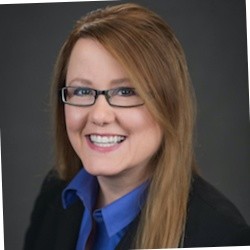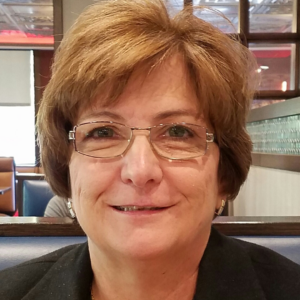Telehealth, safety monitoring increasingly popular among seniors, caregivers
Home telehealth and safety monitoring technologies will drive the value of the global market for elder-care technology products to $3.2 billion this year, predicts a new report from BCC Research. The 2012 total was $2.7 billion.
By 2018, the market will reach $7.2 billion, registering a compound annual growth rate of 17.7%, according to the company.
The change is occurring as improved remote monitoring via smartphones, personal digital assistants and wireless networks increasingly appeal to the elderly and their caregivers. Such systems are becoming popular, BCC Research says, because they have the potential to allow seniors to remain in their homes for longer periods of time, even when family members don’t live nearby.
“These technologies have the potential to improve the aging experience while also benefitting society at large by improving the quality and efficiency of care for the elderly and potentially saving the healthcare industry a significant sum of money,” say the authors of “Technologies for Long-Term Care and Home Healthcare: Global Markets,” an update of a 2010 report.
Home telehealth can monitor seniors’ physiologic parameters and symptoms as well as educate them about their conditions. Safety monitoring includes assist-call devices, medication-management products, wander-management systems, fall-management devices, smart-home systems and robotically enhanced mobility assistance devices. These technologies can enhance the ability of providers to provide timely intervention before acute care deteriorates, according to BCC Research.
The aging of the population in the United States, and the related increased costs generally associated with caring for older people, account for the increases in general healthcare spending, which rose from $2.5 trillion in 2010 to $2.8 trillion in 2012, according to the company. BCC Research notes that healthcare costs for those older than 55 are three to five times higher than they are for those who are younger.
See other content by this author here.

Lois A. Bowers was senior editor of I Advance Senior Care / Long-Term Living from 2013-2015.
Related Articles
Topics: Executive Leadership , Technology & IT











